Anne Arundel and Annapolis officials back possible bike-pedestrian path for new Bay crossing
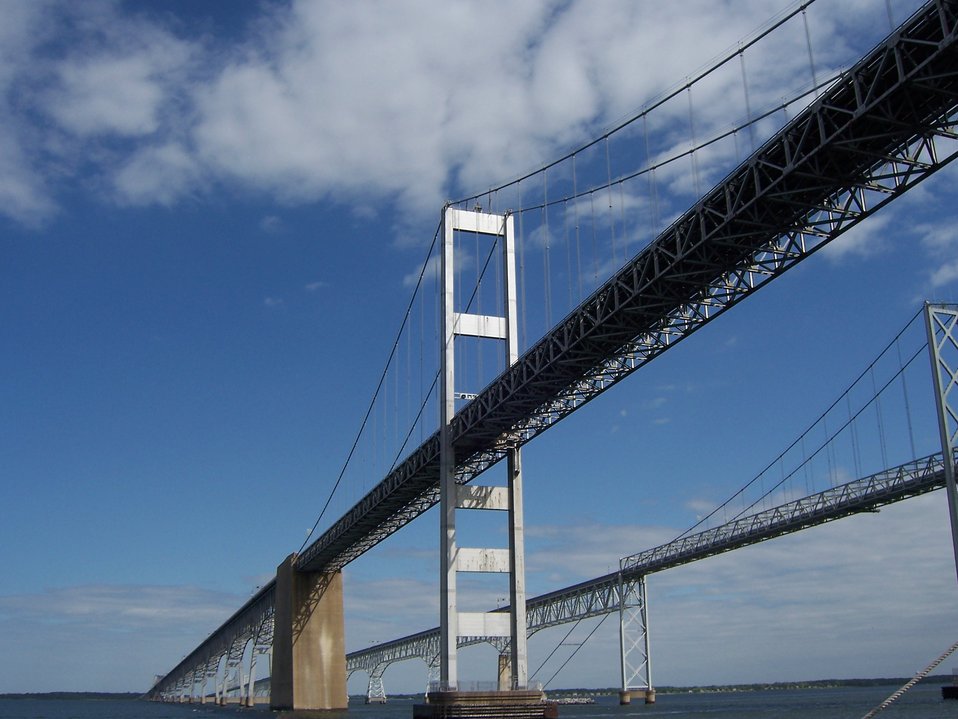
A third Chesapeake Bay Bridge span that includes options for other modes of transit, possibly bike and pedestrian traffic, has the support of officials in Anne Arundel County.
The Maryland Transportation Authority is examining the potential for such access, along with other options, as part of an ongoing required study that could lead to a third span.
“This is in line with everything we’re trying to do within the city of Annapolis in terms of creating more safe opportunities to get around without a personal vehicle and the synergies with all of the tourism destinations around the Chesapeake Bay Bridge makes this a no brainer in my view,” said Eric Leshinsky, chief planner for the city.
Annapolis recently released a draft comprehensive plan that recommends increasing bike and pedestrian connections as well as ferry and bus rapid transit.
Tanya Asman, senior bicycle and pedestrian planner for Anne Arundel County, said the county “definitely supports the addition of bicycle, pedestrian and transit options on whatever becomes of the new Bay Bridge.”
Asman said it would allow a better appreciation of the Bay and improve safety.
“You drive over it, it goes very quickly and it’s dangerous to look around while you’re driving,” she said. “This would contribute to and support our Vision Zero goals and the state’s as well.”
Leshinsky and Asman were two of nearly 20 people who offered comments during a June 27 listening session hosted by the Maryland Transportation Authority on bike and pedestrian access and other transportation uses for a proposed third Bay crossing.
The study focuses on a 2-mile-wide corridor that stretches from the Severn River Bridge to the U.S. 50 and 301 split in Queen Anne’s County.
The ongoing study will examine how buses, ferries and other options could be used to improve transportation in the region.
A new span could include a bike and pedestrian crossing.
“We are gathering information on similar crossings in height and length and their associated shared use paths,” said Melissa Williams director of planning and program development for the transportation authority.
In a nonscientific survey of attendees of the virtual session, 70% said they would use such a crossing. The total number of attendees who participated is not known.
Richard Schoenfeld, a resident of Parole, said a new span provides the opportunity to include a lane for pedestrians and cyclists like one on the Gov. Mario Cuomo Bridge in New York.
“I’m very jealous of the bicycle and pedestrian path which is a protected lane,” said Schoenfeld. “I believe it also has wind protection with a barrier that you can see through and that provides quite a bit of safety for the cyclists and pedestrians. I would encourage the state of Maryland to look at a similar type of a protected bicycle lane that will connect both sides of the Bay. I think it would be great for tourism, recreational cyclists and for a couple of commuters as well.”
The tier two study, started a year ago, is not expected to result in a decision by federal regulators before the fall of 2026.
This is not the first time state transportation officials have considered pedestrian and bicycle access on a proposed new bridge.
In June, the transportation authority began allowing cyclists to cross the new Governor Harry W. Nice Memorial/Senator Thomas ‘Mac’ Middleton Bridge that connects Charles County, Md. to King George County, Va. on weekends and holidays.
Pedestrians are not allowed to cross the span.
The state, in designing the new bridge, rejected a dedicated lane for pedestrians and bikes. They also rejected a call to keep the old bridge for non-motor vehicle use. Instead, transportation officials opted for a shared lane model that puts cyclists in a lane with vehicles.
“Putting bikes in the same lanes as 18 wheelers is just an opportunity for disaster,” said Jon Morrison, chair of the Maryland Department of Transportation’s Bicycle Pedestrian Advisory Committee. “Please do not allow that mistake to be repeated with a new crossing of the Bay Bridge or the crossing of the Bay, whether it’s a bridge or tunnel. This is a once in a generation, maybe once in every other generation, opportunity.”
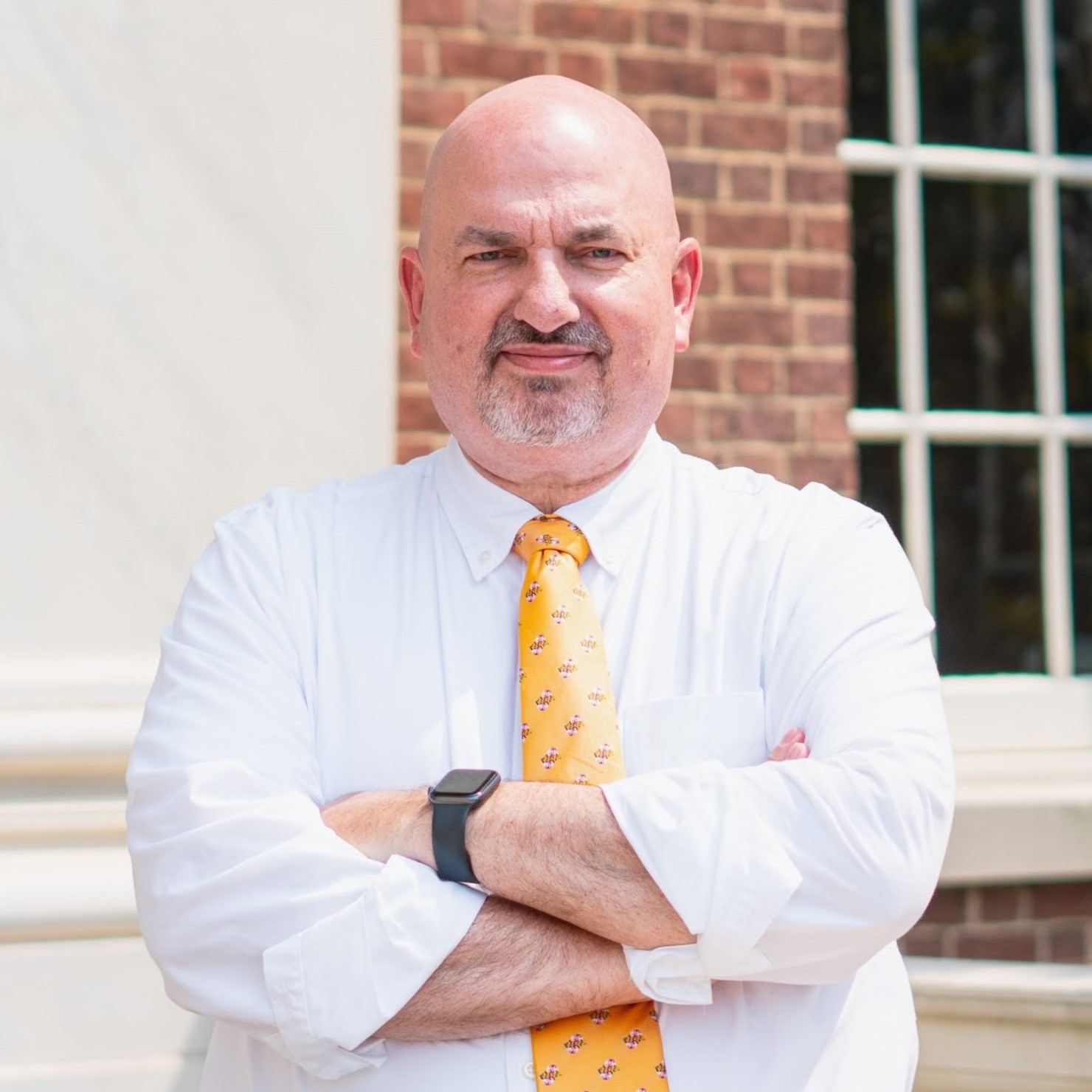
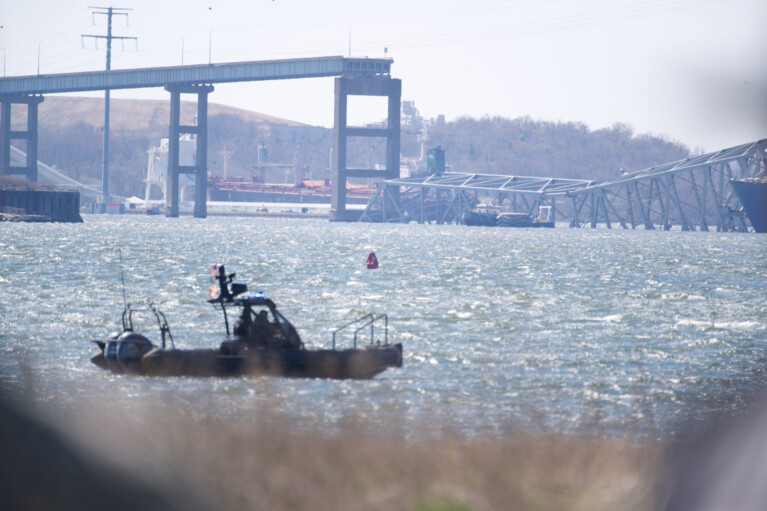
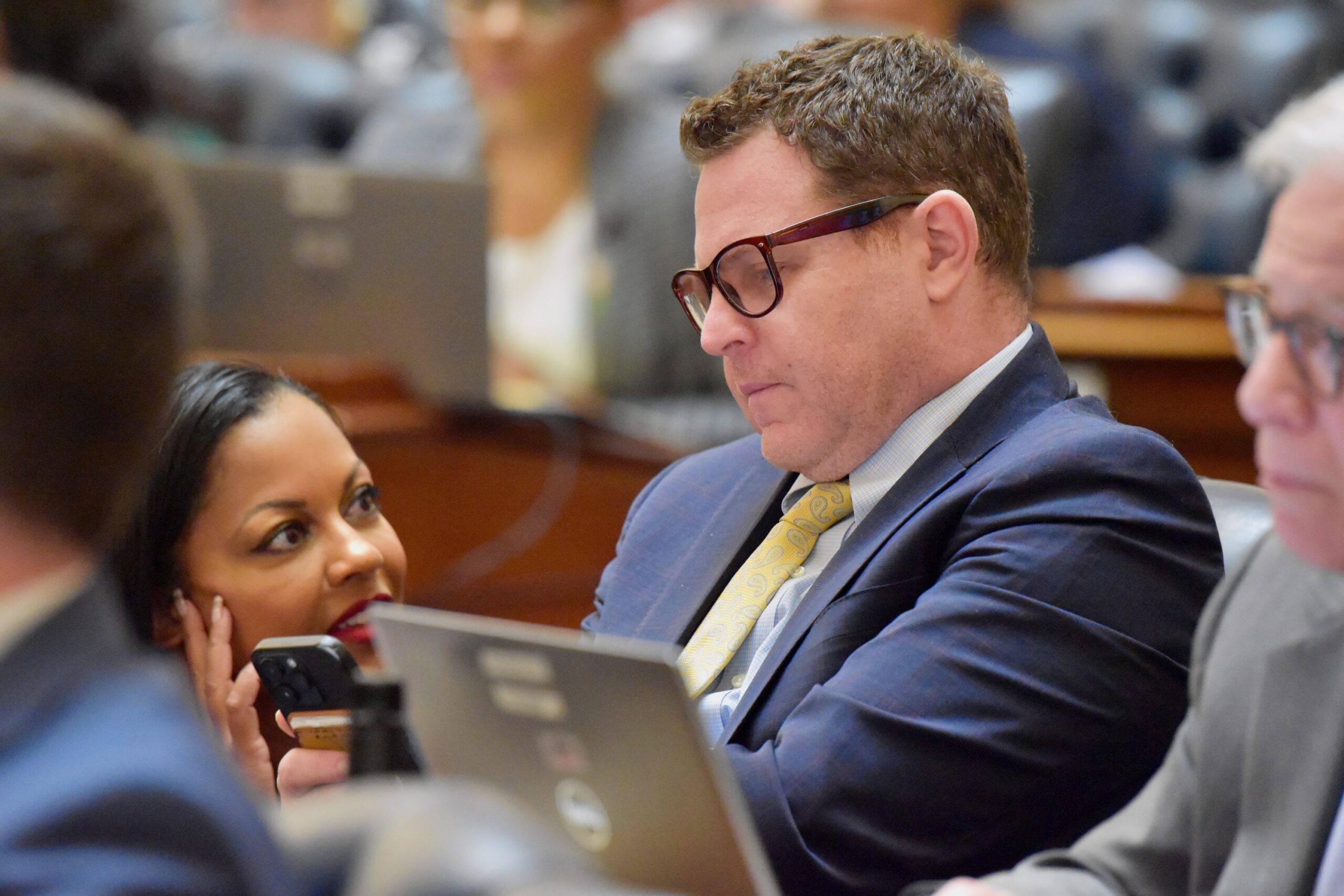
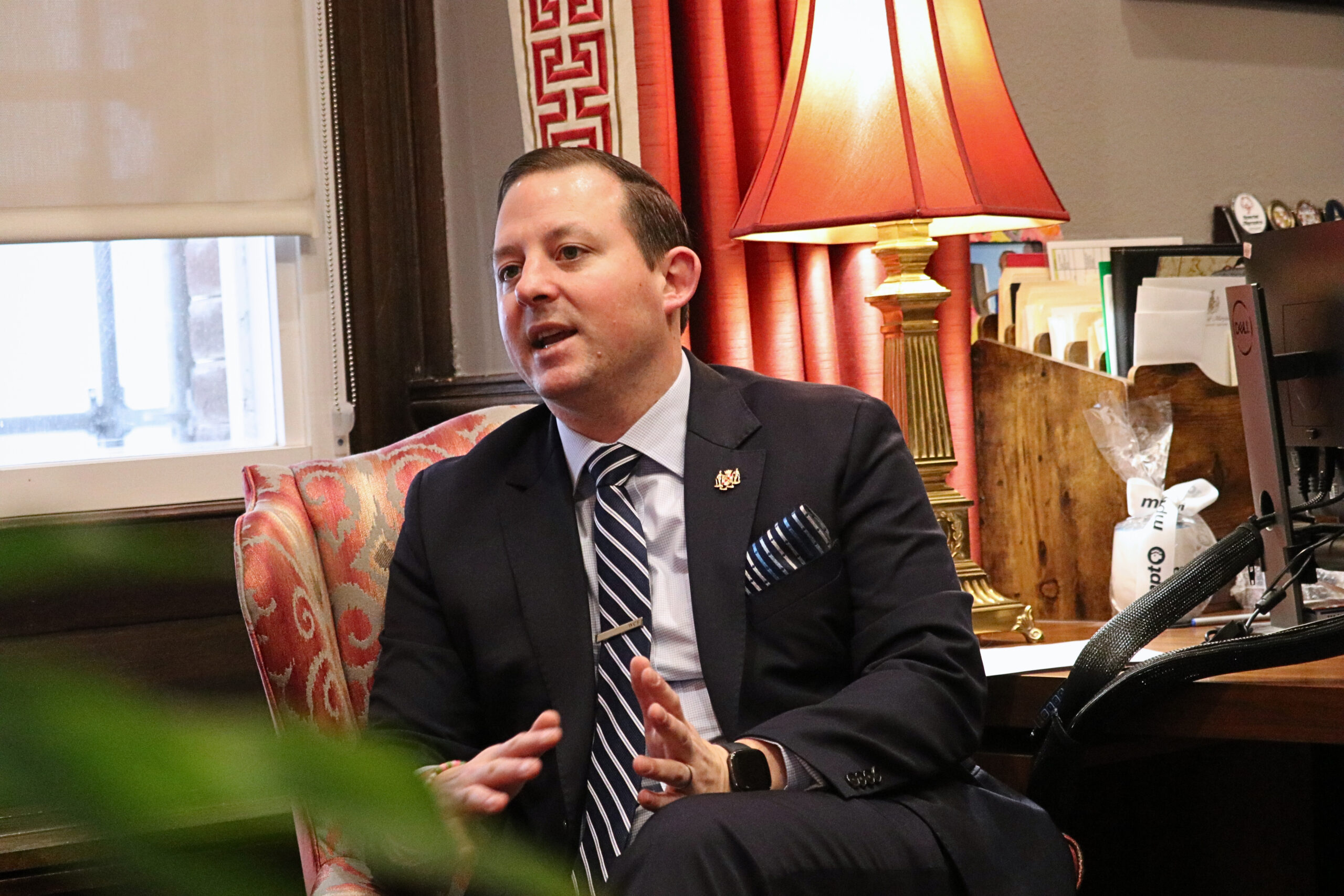
 Creative Commons Attribution
Creative Commons Attribution